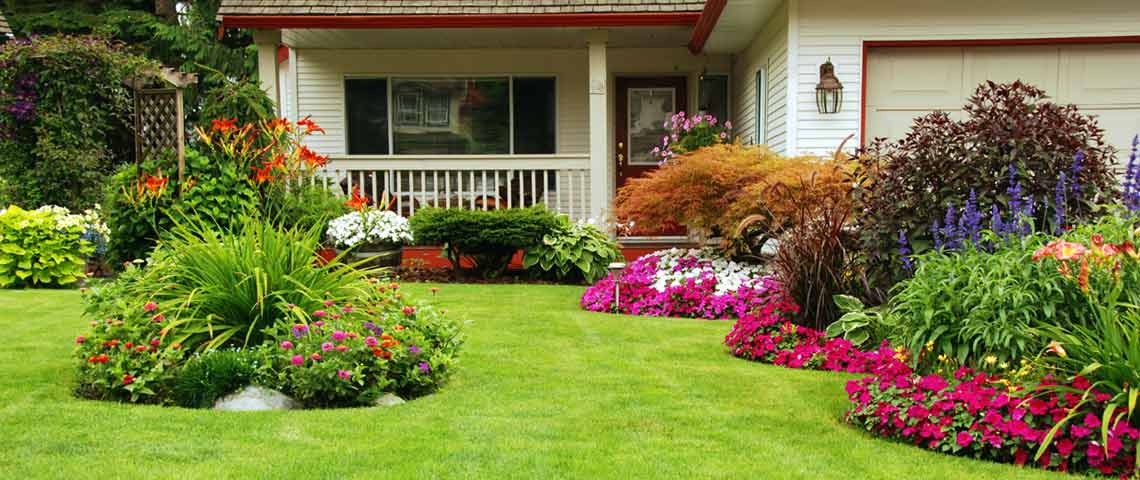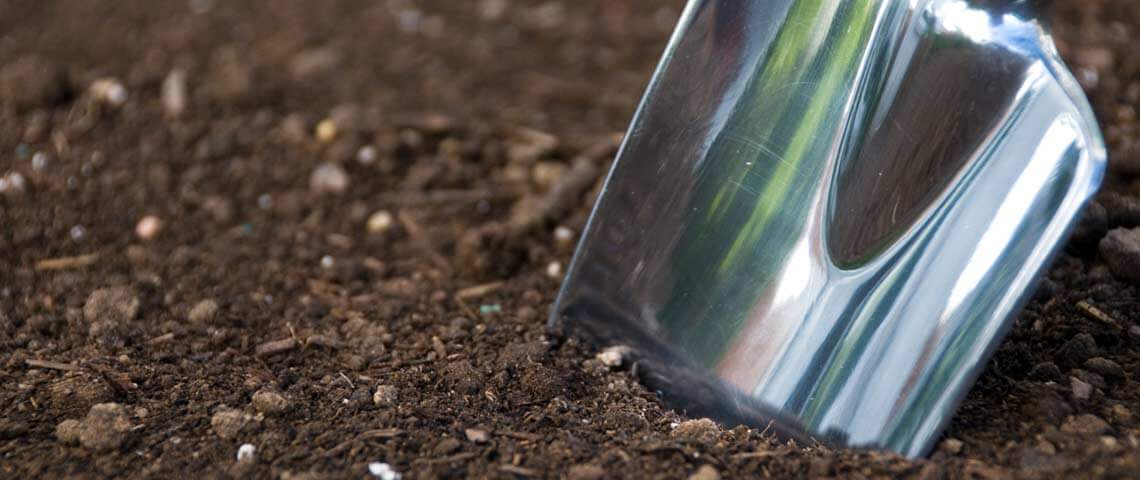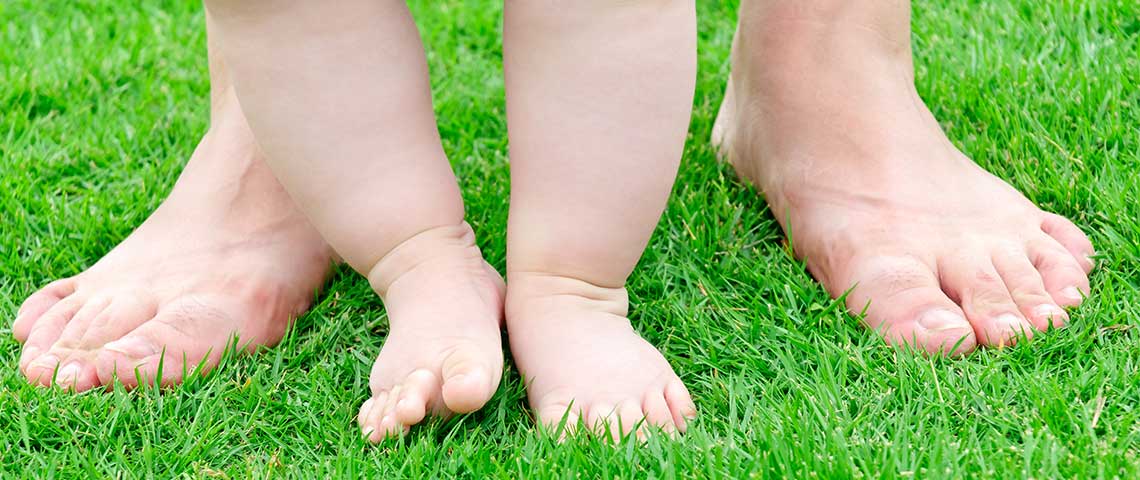All You Need to Know About Bahiagrass
Bahiagrass is valued for outstanding drought and heat tolerance and an ability to thrive where many lawn grasses falter. Its use in lawns occurs in a very limited region of the southeastern United States. Within this area, Bahiagrass produces a relatively durable, low-growing, low-maintenance turf. When your lawn goals, location and soil complement Bahia's natural preferences, this resilient grass may be an excellent choice.
- Bahiagrass at a Glance
- Bahiagrass Basics
- Other Bahia Characteristics to Consider
- Bahiagrass Lawn Care Calendar
Bahiagrass at a Glance
- Warm-season grass.
- Prefers full sun.
- Suitable for Deep South and Gulf Coast lawns.
- Tolerant of heat and drought.
- Low water and nutrient requirements.
Bahiagrass Basics
Bahiagrass first came to the United States in 1914 for use as a pasture grass in the Southeast.1 This South American native is still used extensively in agriculture, conservation and erosion control programs.2 As its origin suggests, Bahia is a warm-season grass. Its most active growth occurs from late spring through the hot summer months. In its proper climate, this perennial grass persists year after year.
A naturally deep root system makes Bahiagrass very drought-tolerant, even in the sandy soils common to the Southeast. Its natural texture is more coarse than many regional grasses, particularly cool-season grasses common in northern zones. Though Bermudagrass has greater drought tolerance in sand, few other warm-season grasses match Bahia on this strength. Bahiagrass prefers full sun, but it tolerates limited shade better than Bermuda. It also has better tolerance for poorly drained soils.2
Since its pasture-grass beginnings, some Bahiagrass varieties have proven themselves for lawn use in the heat- and humidity-prone Southeast. Its lawn use extends from Florida through the southern Coastal Planes to the Texas Gulf Coast. For homeowners in this challenging turf zone, these Bahiagrass varieties offer benefits other warm-season grasses don't.
Pennington Pensacola Bahiagrass Grass Seed builds on core Bahiagrass strengths. It excels even in poor soil conditions to form durable, dense, drought-resistant lawns. Its deep, extensive root system enhances tolerance to heat and cold, giving Pensacola better winter hardiness and improved turf quality than common Bahia.
Pennington Argentine Bahiagrass Grass Seed has a broader range, finer leaf texture and darker, more attractive lawn color. Its deep roots and drought and disease tolerance combine with very low growth and low maintenance needs.
Other Bahia Characteristics to Consider
Bahiagrass seed germinates slowly but establishes well, so you can enjoy the benefits of starting a lawn from seed. Common Bahia's naturally open growth habit makes it vulnerable to weeds when young. Part of its slow, steady growth comes through short, above-ground stems known as stolons. The stolons root at very short intervals and eventually form dense, durable, all-purpose turf.
As with Zoysia grass and most warm-season grasses, Bahia stays green only during active growth. Periods of extended drought bring on dormancy and an unnaturally dark or tan color, but Bahia withstands these stresses better than other grasses. It's especially well-suited to large areas with limited irrigation and minimal maintenance. Once stresses subside, Bahiagrass lawns bounce back quickly.
As winter arrives, Bahia enters an annual dormant period and turns brownish tan. Even so, it stays green longer than Bermudagrass and greens up earlier than Bermuda in spring. Bahiagrass lawn owners who want green lawns regardless of the season can overseed in autumn with cool-season ryegrasses for green winter lawn color.
Bahiagrass Lawn Care Calendar
As a warm-season grass, Bahia operates on a different timetable than northern grasses for month-by-month lawn tasks. But its limited range puts it on a different schedule than many southern grasses as well. Seeding is best done in spring as growth accelerates. Overseed existing thin Bahiagrass lawns at the same time. However, the warm, moderate winters in Bahia's limited area offer some flexibility. Fall seedings in
Florida will establish fairly well.1
As with Centipede grass, some ingredients common to weed-and-feed lawn products can harm Bahia — especially if the grass isn't actively growing at the time of application. Before you use any weed-killer or fertilizer product, read the label thoroughly to ensure the product is safe for use on Bahiagrass lawns.
If you're unsure about typical conditions in your area — or an unexpected weather event hits — check in with your county extension agent for local lawn care advice. Then follow this lawn care calendar for a durable, low-maintenance Bahiagrass lawn.
FEBRUARY/MARCH THROUGH MAY
Weed Prevention and Fertilization
Prevent crabgrass in your established Bahiagrass lawn in early spring by applying a Bahiagrass-approved crabgrass preventer, which may come included with lawn fertilizer. Bahiagrass can be sensitive to some herbicide products, so check labels carefully before applying. Apply any time before crabgrass germinates, which happens when soil temperatures consistently reach 55 degrees Fahrenheit. In southern Florida, this can happen in early February or even late January. Make sure you read the label instructions for Bahiagrass lawns before application.
Mowing
Start mowing as your Bahiagrass lawn starts growing. Mow to maintain a height of 2 to 3 inches tall to improve stress tolerance and encourage deep roots.
Seeding and Overseeding Thin Lawns
Seed or overseed your lawn with Pennington Pensacola Bahiagrass Grass Seed or Pennington Argentine Bahiagrass Grass Seed in late spring and early summer, before summer heat arrives. Bahiagrass germinates best once soil temperatures stay consistently in the 65°F to 70°F range.
Weed Control and Fertilization
Treat existing weeds in your established Bahiagrass lawn in late spring by applying a Bahiagrass-approved Weed & Feed product. Bahiagrass can be sensitive to some herbicide products, so check labels carefully before applying. Wait at least three to four weeks after application before reseeding treated areas. After overseeding, wait until your third mowing occurs.
Watering
Water your established lawn as needed to maintain the desired color. Overwatering weakens Bahiagrass and leaves it susceptible to lawn disease.1
JUNE THROUGH AUGUST
Mowing
Continue to mow Bahiagrass lawns at the recommended height of 2 to 3 inches. Heavy seed production is typical for this grass. Abundant V-shaped seed heads and stiff seed stalks rise taller than the low-growing blades. Plan on frequent mowings during peak growth if you dislike the look.
Soil Testing
Test your soil every three to four years to confirm soil pH. Bahiagrass prefers acidic soil with pH near 5.5 to 6.5.2 In soils with pH above 7.0, Bahia suffers iron deficiencies that result in pale yellow color.1
Fertilization
Fertilize your Bahiagrass lawn with Pennington Full Season Lawn Fertilizer 32-0-5. Created to work with nature, this fertilizer revitalizes soil with beneficial plant nutrients all season long. The added iron helps Bahia stay green.
Water established Bahiagrass only as needed to maintain its color.
Pest Control
Stop lawn damage and prevent new generations of mole crickets, chinch bugs and other lawn pests with Sevin Insect Killer Lawn Granules.
Mowing
Continue mowing Bahiagrass at 2 to 3 inches until the growth slows and goes dormant for the year. If you live where Bahia grows year-round, continue mowing regularly.
Weed Control and Fertilization
Six to eight weeks before your area's first expected frost, treat weeds and feed your Bahiagrass lawn with a winterizer Weed & Feed product approved for use on Bahia. Bahiagrass can be sensitive to some herbicide products, so check labels carefully before applying.
If you choose to overseed for winter color, wait until Bahiagrass goes dormant and begins to turn brown. Avoid all weed killers at least three weeks before overseeding with Pennington Annual Ryegrass Grass Seed.
Watering
Water only as needed to retain grass color.
Leaf Management
Remove any fallen leaves by raking or mulching.
DECEMBER THROUGH FEBRUARY
Mowing
Dormant Bahiagrass lawns do not need mowing during winter months. If your lawn grows year-round, continue mowing at normal heights. For dormant lawns overseeded for winter color, continue mowing ryegrasses at a height of 2 to 3 inches.
Watering
Water dormant lawns only if needed to prevent desiccation. Water overseeded lawns with 1 to 1 1/4 inches of water per week.
Winter Weed Control
Spot-treat winter weeds in dormant Bahiagrass lawns; green weeds stand out against dormant grass.
If you live in the challenging geographical area where Bahiagrass excels, this resilient lawn option may provide the advantage you need. At Pennington, we work to bring you the finest grass seed and lawn care products possible. We're here to help you learn, grow and enjoy an attractive, healthy lawn — wherever you live.
Always read product labels thoroughly and follow instructions.
Pennington is a registered trademark of Pennington Seed, Inc.
Sevin is a registered trademark of Tessenderlo Kerley, Inc.
Sources:
1. Trenholm, L.E., Unruh, J.B. and Cisar, J.L., "Bahiagrass for Florida Lawns," University of Florida IFAS Extension.
2. Houck, M., "Plant Fact Sheet: Bahiagrass," USDA Natural Resources Conservation Service, 2009.
Photo Credit: Photo by Forest Starr and Kim Starr is licensed under a Creative Commons Attribution 3.0 License.




